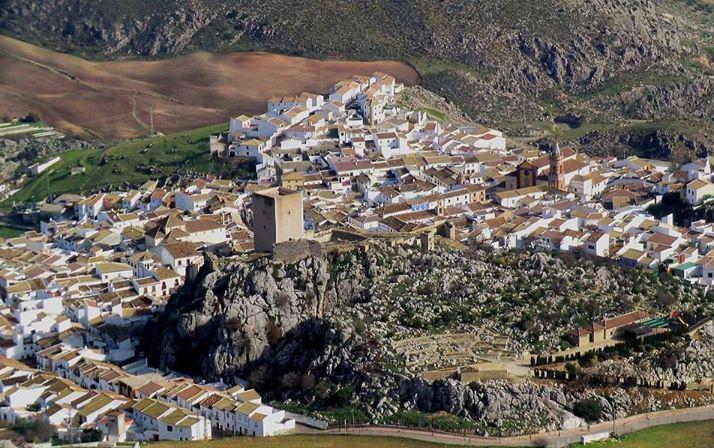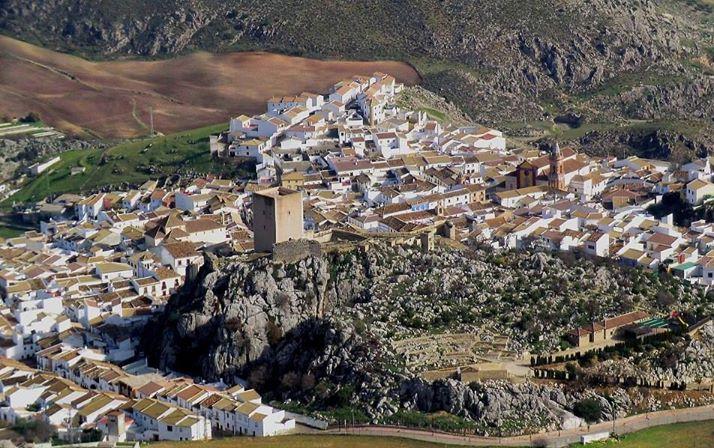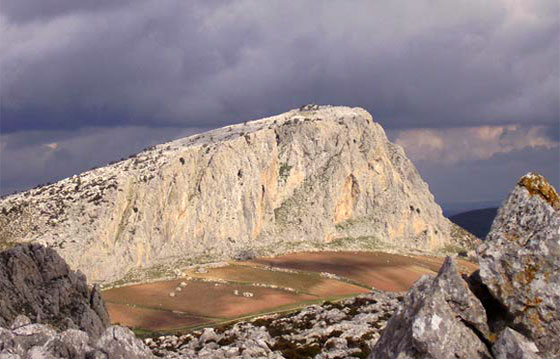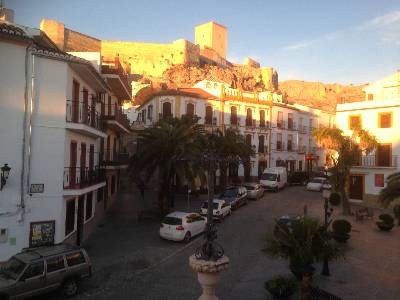Cañete la Real

On a mountain vantage point between the Serrania de Ronda range and the Antequera plains stands Cañete la Real, still exuding the essence of the typical Andalusian villages: in the shade of the remains of a mediaeval fortress we find the nave of St. Sebastian"s Church, with its baroque façade and brick tower crowned by a pinnacle of geometrically-laid blue tiles, while the villages streets are home to stately homes houses dating back to the 17th, 18th and 19th centuries whose façades, though in some cases in disrepair, are of immense architectural value. Also worthy of note are the convents of St. Francis (17th century) and The Sacrament (18th century).
History
Evidence exists of an early Iberian settlement which was later called Sabora by the Phoenicians, an allusion to the abundance of cereal crops in the AREAs of the village.After a series of confrontations between Christians and Moslems, the village was conquered by Alfonso XI of Castile in 1330. The same campaign also saw the capture of Teba, Ardales and Priego, though for much of 14th century, Cañete la Real fell into Moslem hands once more, before being definitively incorporated by the Crown of Castile in 1407.
The village later belonged to the Duke of Osuna"s estate.

- Max 10
- Min 8
- Max 50
- Min 46
- °C
- °F









